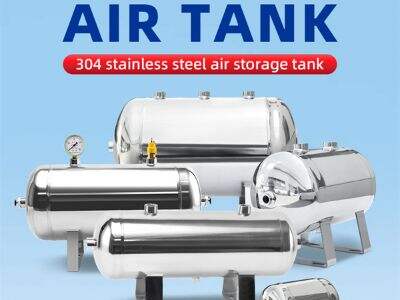Reading for Differences in vertical and horizontal air tank manufacturing
Air tanks can play an essential role in a wide variety of machines and tools with which we interact on a daily basis. They maintain compressed air for use with tools, filling tyres and even operating machinery. There are two primary methods that manufacturers employ when building out air tank: vertical manufacturing and horizontal manufacturing. The process must choose between several other techniques, each with its own advantages and limitations.
Selecting Correct Air Tank Manufacturing Capability
Determining vertical vs. horizontal air tank manufacturing capabilitiesAnd whether the air tank should be manufactured vertically or horizontally can depend upon various factors: size and shape of your air tank required; production output needed In vertical manufacturing, one layer of metal plates are stacked on top of the other, however in horizontal manufacturing a single metal sheet is rolled into a cylindrical shape. One method may be more favorable than the other, depending on the requirements of the air tank being used.
Vertical or Horizontal? An Overview of Air Tank Manufacturing Techniques
The manufacture of vertical air tank usually involves welding multiple layers of metal plates to form a strong and long-lasting tank. This is a method used in big air tank where structural strength is necessary. The manufacture of horizontal air tanks consists in transforming a sheet of metal onto a tube, to form the cylinder by welding the seam. It is a much more common approach for smaller air tanks (needing less strength).
Pros and Cons of Vertical & Horizontal Air Tank Building
One of the biggest advantage of this type of tanks manufacturing is that it can have a capacity and a tightness that usually horizontal air tanks cannot have. Nonetheless, it can be a longer and more laborious process than horizontal manufacturing. Though horizontal air tank production is faster and cheaper for small tanks. But these tanks might not be as strong structurally as some produced using the vertical process.
Conclusion
To sum up, underground air tank manufacturing has their pros and cons when it comes to both vertical and horizontal air tank capabilities. The correct method should be chosen according to the specific demands of the air tank that is being produced. These include our vertical and horizontal manufacturing capabilities that can custom design any of your flashing requirements all in house at YCZX, resulting in a more cost effective solution to satisfy your customers' needs. If you know the difference between these two technologies, you can choose the right air tank manufacturing process to meet your needs.




